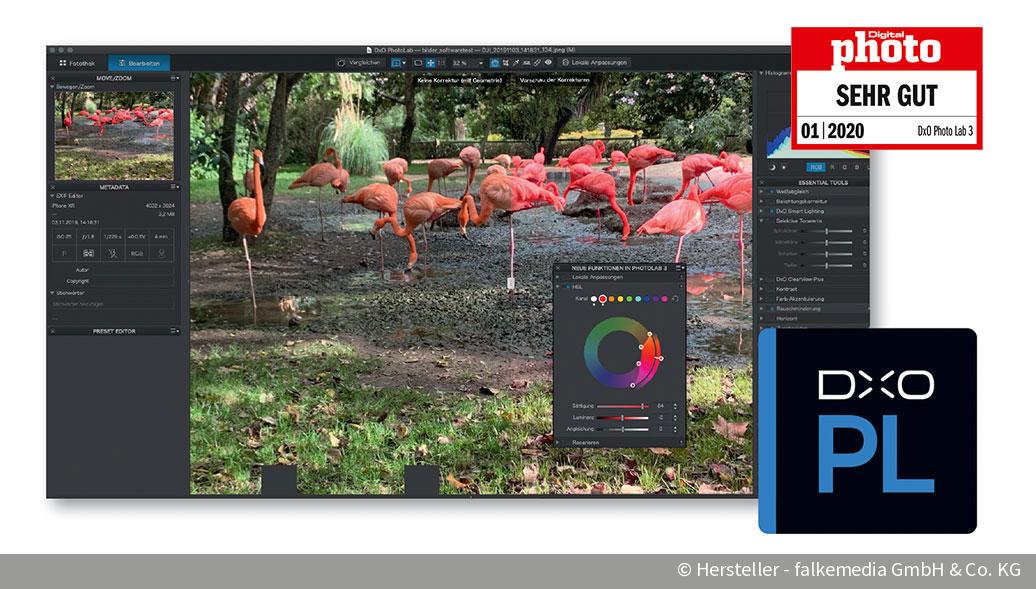

- #Pixelmator pro vs luminar ai software
- #Pixelmator pro vs luminar ai professional
- #Pixelmator pro vs luminar ai mac
You can easily see the camera and lens info using the “info” tab. Luminar 4 has good support for a wide range of cameras and lenses.
#Pixelmator pro vs luminar ai professional
Support for cameras and lenses is also important for professional photo editing. Also, I like the non-destructible editing and the simple way you can look at your editing history to undo specific changes. The tools and features it has are user-friendly, but there is a lot of them. In contrast, Lightroom could be considered more difficult to use. It also uses simple sliders and everything is relatively self-explanatory There is also a useful info tab that shows all the photo metadata. It has clear tabs like Lightroom and you can easily switch between the library and edit screens. Some of the features are quite well-hidden, but overall, it’s simple to follow. I generally find Luminar 4 easier to use.
Below, I break this Luminar 4 vs Lightroom comparison into different sections so you can see how the various features and aspects compare. I have also used multiple versions of Luminar in the past and I’ve spent time testing Luminar 4. So how do these two editing programs compare? I use Lightroom Classic as my main photo editor so I have a lot of experience using it. This was trickier with Pixelmator Pro, but doable once you got used to the different controls.Luminar 4 vs Lightroom – Feature Comparisons Another way it can be used is for set extensions.įor instance, if you want to see what a shot might look like with more sky, you can use it to make more sky. The most logical use for Pixelmator Pro's Repair tool as a filmmaker is erasing objects from scout photos that will need to be covered up by the art department. Once you get a little muscle memory, you won't notice a difference. It's those little things you'll have to get used to when switching to a new program that can slow you down. Within Retouch is the Repair tool that performs similarly to Content-aware Fill. With Pixelmator Pro, basic things like layers and masks stay the same, but for something like Photoshop's Content-aware Fill, it uses a set of extension tools called Retouch. Retouch and RepairĪs with any new program, one of the frustrations is learning the new naming conventions for special tools. With this technique, you can comp in backgrounds from your location scout and have immediately slicker previs shots that will help the team get a handle on how you envision staging the scene. Let's say you shoot the rehearsal on your phone with portrait mode in a blank rehearsal space that's hard to cut out normally. As for tools, it has over a dozen different adjustment types including levels, curves, color balance, sharpen, and grain to tune your images. If you shoot RAW, Pixelmator Pro supports RAW photos from over 600 digital cameras including Canon, Nikon, Panasonic, and Sony.

The versatile program works with Photoshop's (PSD) layered file format and many common image file structures we all work with.
#Pixelmator pro vs luminar ai software
Better yet, the software supports the new M1 chip from Apple, so it has some speed under the hood. Pixelmator Pro is currently in version 2.0.5, and it's one of the best programs I've used for photo editing outside of Photoshop. Let's take a deeper dive into Pixelmator Pro.
#Pixelmator pro vs luminar ai mac
The latter has a popular following of users who like its tight integration into Mac software and hardware for more efficient rendering and automation.

Pixelmator for iOS is designed for Apple smartphones, Pixelmator Photo is for iPads, and Pixelmator Pro is geared toward Mac computers. Pixelmator has been around since 2007, and they offer three different software options, each one dedicated to a specific platform.


 0 kommentar(er)
0 kommentar(er)
